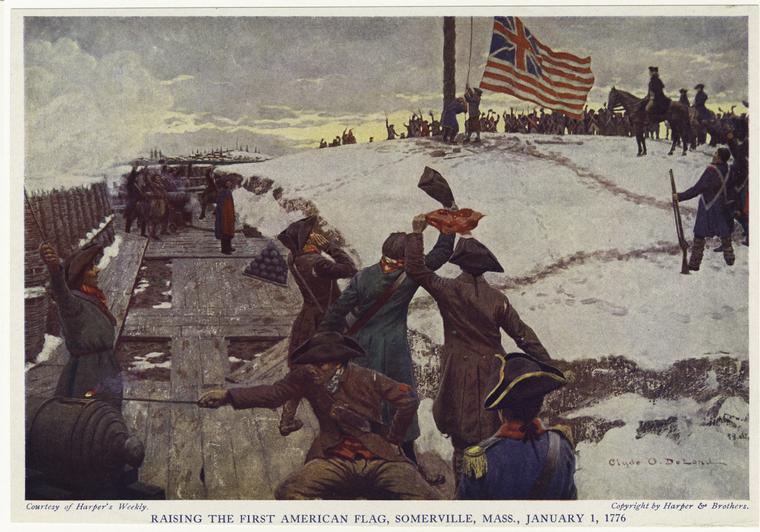Fighting malaria is difficult, and complex, and expensive. No magic bullet can slow or stop malaria.
Reasonable people understand the stakes, not only for Africa, where $12 billion is lost every year to malaria illness and death, according to WHO records; but also for all nations who trade with Africa and other malaria endemic nations in the world.
What should we do about malaria?
Before we leap to solutions, let us look to see what the United States is already doing, according to USAID, the agency which has led U.S. malaria-fighting since the 1950s.
USAID explains on their website:
Fighting Malaria
Each year, malaria causes about 214 million cases and an estimated 438,000 deaths worldwide
While malaria mortality rates have dropped by 60 percent over the period 2000–2015, malaria remains a major cause of death among children. Although the disease is preventable and curable, it is estimated that a child dies every minute from malaria. In Asia and the Americas, malaria causes fewer severe illnesses and deaths, but antimalarial drug resistance is a serious and growing problem.
The U.S. Agency for International Development (USAID) has been committed to fighting malaria since the 1950s. Malaria prevention and control remains a major U.S. foreign assistance objective and supports the U.S. Government’s vision of ending preventable child and maternal deaths and ending extreme poverty. USAID works closely with national governments to build their capacity to prevent and treat the disease. USAID also invests in the discovery and development of new antimalarial drugs and malaria vaccines. USAID-supported malaria control activities are based on country-level assessments, and a combination of interventions are implemented to achieve the greatest public health impact – most importantly the reduction of maternal and child mortality. These interventions include:
- Indoor residual spraying (IRS): IRS is the organized, timely spraying of an insecticide on the inside walls of houses or dwellings. It kills adult mosquitoes before they can transmit malaria parasites to another person.
- Insecticide-treated mosquito nets (ITNs): An insecticide-treated mosquito net hung over sleeping areas protects those sleeping under it by repelling mosquitoes and killing those that land on it.
- Intermittent preventive treatment for pregnant women (IPTp): Approximately 125 million pregnant women annually are at risk of contracting malaria. IPTp involves the administration of at least two doses of an antimalarial drug to a pregnant woman, which protects her against maternal anemia and reduces the likelihood of low birth weight and perinatal death.
- Diagnosis and treatment with lifesaving drugs: Effective case management entails diagnostic testing for malaria to ensure that all patients with malaria are properly identified and receive a quality-assured artemisinin-based combination therapy (ACT).
The President’s Malaria Initiative (PMI) works in 19 focus countries in sub-Saharan Africa and the Greater Mekong Subregion in Asia. PMI is an interagency initiative led by USAID and implemented together with the U.S. Centers for Disease Control and Prevention. In 2015, PMI launched its next 6-year strategy for 2015–2020, which takes into account the progress over the past decade and the new challenges that have arisen. It is also in line with the goals articulated in the Roll Back Malaria (RBM) Partnership’s second generation global malaria action plan, Action and Investment to Defeat Malaria (AIM) 2016–2030: for a Malaria-Free World [PDF, 18.6MB] and The World Health Organization’s (WHO’s) updated Global Technical Strategy: 2016–2030 [PDF, 1.0MB]. The U.S. Government’s goal under the PMI Strategy 2015-2020 [PDF, 8.9MB] is to work with PMI-supported countries and partners to further reduce malaria deaths and substantially decrease malaria morbidity, toward the long-term goal of elimination. USAID also provides support to malaria control efforts in other countries in Africa, including Burkina Faso, Burundi and South Sudan, and one regional program in the Amazon Basin of South America. The latter program focuses primarily on identifying and containing antimalarial drug resistance.
Do you think the U.S. spends too much on foreign aid, even good aid to fight malaria? How much do you think is spent? Put your estimate in comments, please — and by all means, look for sources to see what the actual amount is.
Spread the word; friends don't allow friends to repeat history.





 Posted by Ed Darrell
Posted by Ed Darrell 








